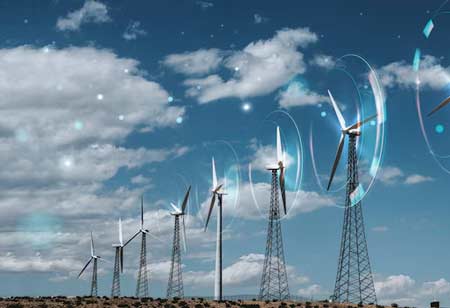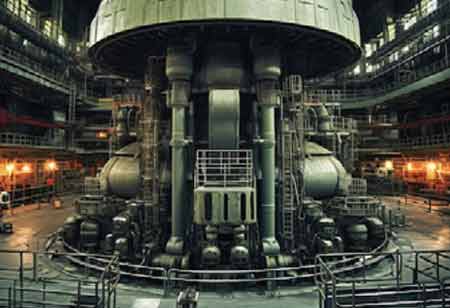CLOSE
Specials
I agree We use cookies on this website to enhance your user experience. By clicking any link on this page you are giving your consent for us to set cookies. More info
Be first to read the latest tech news, Industry Leader's Insights, and CIO interviews of medium and large enterprises exclusively from Energy Tech Review
Thank you for Subscribing
A Sustainable Path for Managing Waste and Generating Power
Waste-to-energy (WtE) systems transform various waste materials into renewable energy using technologies like gasification and anaerobic digestion. These systems reduce landfill use, lower emissions, support recycling, and create economic benefits—offering a sustainable solution to modern waste an

By
Energy Tech Review | Monday, August 18, 2025
Stay ahead of the industry with exclusive feature stories on the top companies, expert insights and the latest news delivered straight to your inbox. Subscribe today.
By turning waste into renewable energy, waste-to-energy systems lower greenhouse gas emissions, encourage recycling, lessen the need for landfills, and boost the economy. They support sustainable waste management techniques, cleaner energy, and resource conservation.
Fremont, CA: Effective waste management and minimizing environmental damage have emerged as critical issues in the modern world. One creative approach that has gained popularity is transforming garbage into electricity. Utilizing waste materials' energy potential, waste-to-energy (WtE) systems provide a sustainable method of trash management.
The system is a method that effectively transforms a variety of waste materials into sound energy, including biomass, industrial waste, and municipal solid waste. This system uses various technologies, such as anaerobic digestion, gasification, and incineration. These procedures convert Waste materials into renewable energy sources, including heat, power, and even biofuels,
Waste-to-energy systems provide several benefits in terms of trash management, environmental sustainability, and the production of renewable energy. By utilizing waste's energy potential, these devices help create a cleaner energy mix and lessen reliance on non-renewable energy sources. Garbage-to-energy systems reduce greenhouse gas emissions and contribute to a more sustainable future by turning garbage into useful energy.
Garbage-to-energy systems efficiently redirect garbage and save necessary land resources instead of disposing of them in landfills, which can add to environmental damage and space constraints. By keeping landfills from filling up, this technology helps manage the increasing amount of urban waste and lessens the ecological effect that comes with it.
Additionally, waste-to-energy systems help reduces greenhouse gas emissions, primarily by reducing methane emissions from landfills. As organic waste breaks down in landfills, methane, a potent greenhouse gas, is emitted. These systems promote attempts to mitigate climate change by reducing carbon dioxide emissions through combustion processes and methane emissions through converting waste into energy.
The systems encourage recycling and resource recovery in addition to producing energy. Before energy conversion, valuable materials like metals, polymers, and glass can be recovered from waste to reduce the need for virgin resources. This promotes a circular economy and is consistent with waste management goals that emphasize recycling, reuse, and waste reduction. Waste-to-energy systems lessen the environmental impact of waste disposal and contribute to the conservation of natural resources by recovering materials.
Building and running facilities boost local economies and generate employment possibilities. Additionally, by selling the energy generated from waste, governments can make money and offset the costs associated with waste management. These technologies eventually lessen the need for landfills, which lowers long-term costs and helps ensure that waste management procedures are financially viable.

Copyright © 2025 Energy Tech Review. All rights reserved






